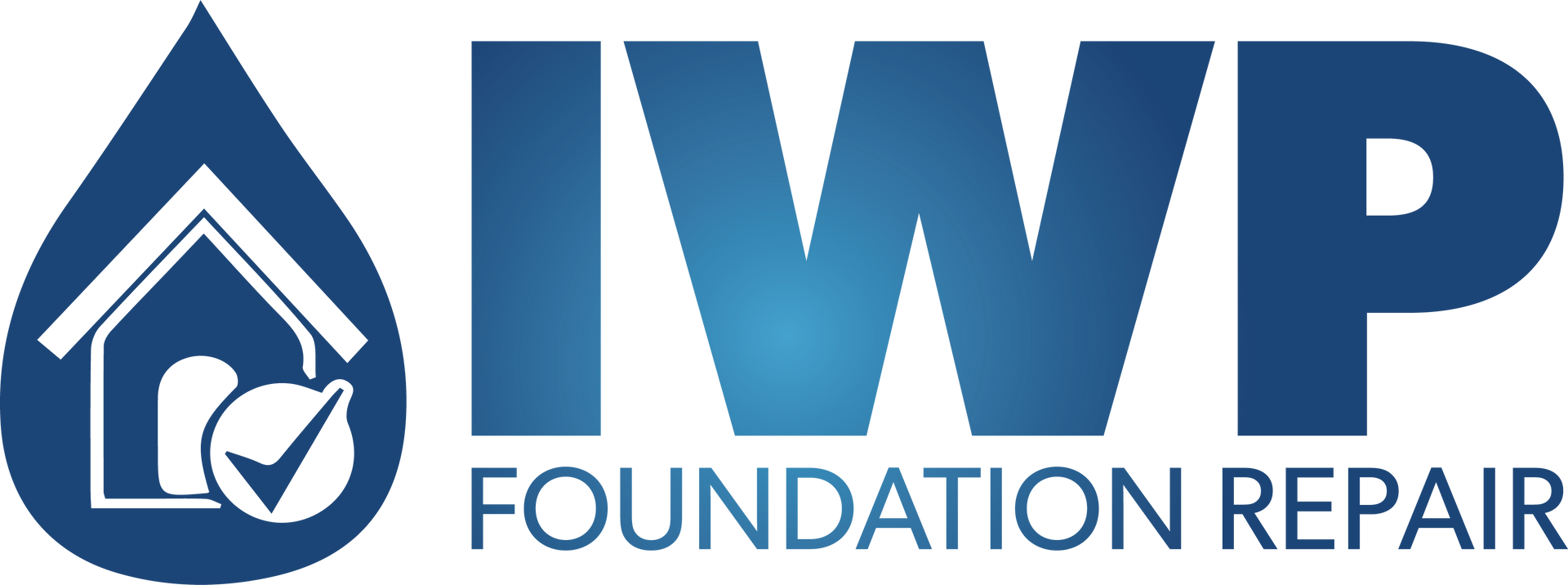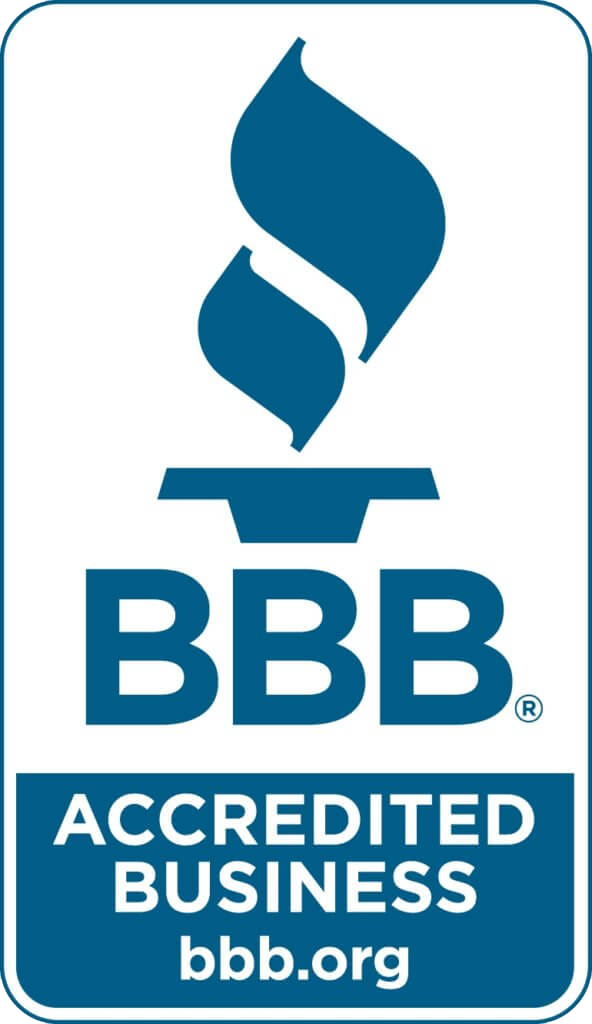Common Symptoms of Settlement and How Polyurethane Foam Can Fix It
When it comes to concrete surfaces, whether they're driveways, patios, or sidewalks, stability and evens are crucial for safety and aesthetics. Over time, settlement, a common issue, can cause concrete surfaces to sink or become uneven, leading to a variety of problems. In this blog, we'll explore the common symptoms of settlement and how polyurethane foam can provide an effective solution.

Understanding Settlement
Settlement occurs when the ground beneath a concrete surface sinks or compacts unevenly. It can happen for various reasons, including soil erosion, poor compaction during construction, or the natural shifting of soil over time. Settlement can lead to several noticeable symptoms:
- Uneven Surfaces: One of the most apparent signs of settlement is an uneven concrete surface. Sections of concrete may tilt, creating tripping hazards or unsightly gaps.
- Cracks and Gaps: Settling concrete often results in cracks and gaps forming in the surface. These openings not only look unappealing but can also allow water to seep in, further exacerbating the problem.
- Pooling Water: Depressions or low spots in settled concrete can cause water to pool, leading to potential drainage issues and making the surface slippery and hazardous.
- Tilting or Sunken Slabs: Concrete slabs can tilt or sink at their edges, causing the surface to be uneven and potentially dangerous. This is a common problem with sidewalks and driveways.
- Structural Stress: Settlement can put added stress on the concrete structure, potentially leading to further damage if left untreated.
The Solution: Polyurethane Foam
Polyurethane foam is a versatile and effective solution for addressing settlement issues in concrete surfaces. Here's how it works:
- Precise Injection: Polyurethane foam is injected beneath the settled concrete through small holes. The foam starts as a liquid and quickly expands to fill voids and gaps in the soil.
- Lifting and Leveling: As the foam expands, it gently lifts and levels the concrete surface. This process is highly precise, allowing for precise adjustments to achieve the desired evenness.
- Lightweight and Non-Invasive: Polyurethane foam is lightweight, so it won't further burden the soil. Unlike traditional methods that require heavy equipment and extensive excavation, foam injection is minimally invasive, reducing disruption to the surrounding area.
- Quick Curing Time: Polyurethane foam cures rapidly, typically within a matter of hours. This means minimal downtime for the property owner, and the surface can often be used soon after the repair.
- Long-Lasting Results: Once cured, polyurethane foam provides stable support, preventing further settlement and maintaining the integrity of the concrete surface for years to come.
- Water and Chemical Resistance: Polyurethane foam is resistant to moisture and chemicals, ensuring that it remains effective even in challenging environmental conditions.
- Cost-Effective: Polyurethane foam repairs are often more cost-effective than traditional methods, which can involve significant labor and material costs.
Conclusion
Settlement is a common issue that can lead to uneven, cracked, and unsightly concrete surfaces. These symptoms not only pose safety hazards but also detract from the aesthetics of your property. Polyurethane foam provides an excellent solution, offering precise lifting and leveling of the concrete without the drawbacks of more invasive and costly methods. If you're dealing with settlement issues on your property, consider the benefits of polyurethane foam to restore the stability and beauty of your concrete surfaces, ensuring they stand the test of time.
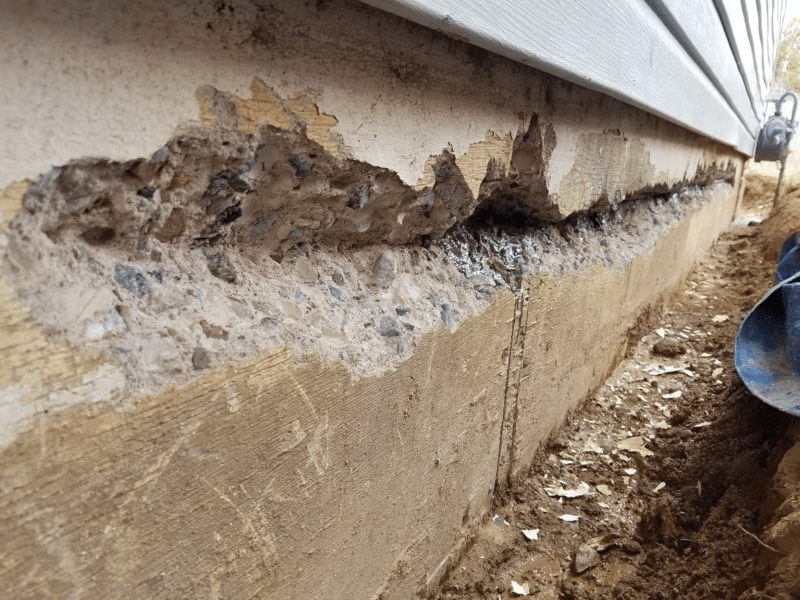
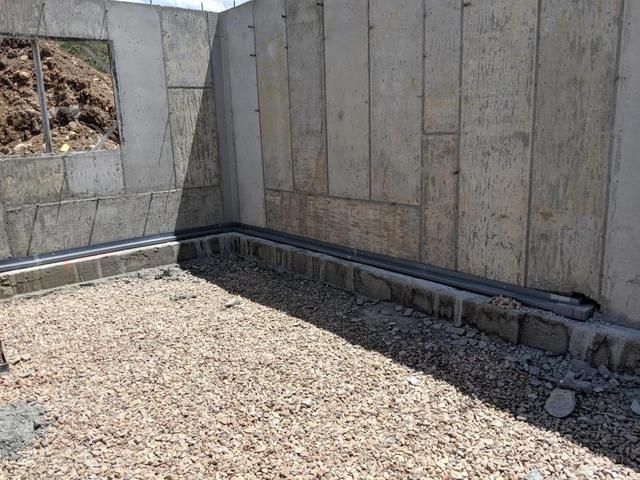


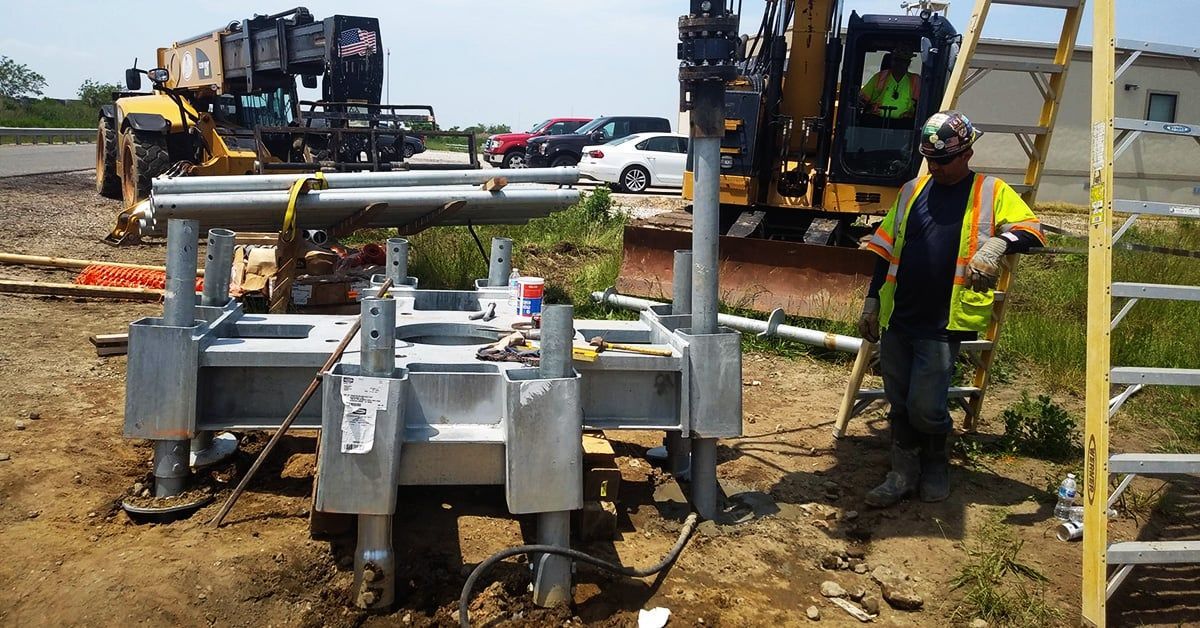





HAVE PEACE OF MIND WITH IWP FOUNDATION REPAIR
With over 30 years of combined experience in the business, you know that you can trust our team to get the job done right the first time. We value the customer experience, which is why we take the time to listen to your concerns, answer all your questions, and explain the best plan of action for your home. If you’ve noticed any foundation issues at all, no matter how minor they seem, you should call a professional. Our expert team is waiting for you, so call today for a free evaluation!
